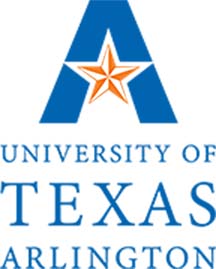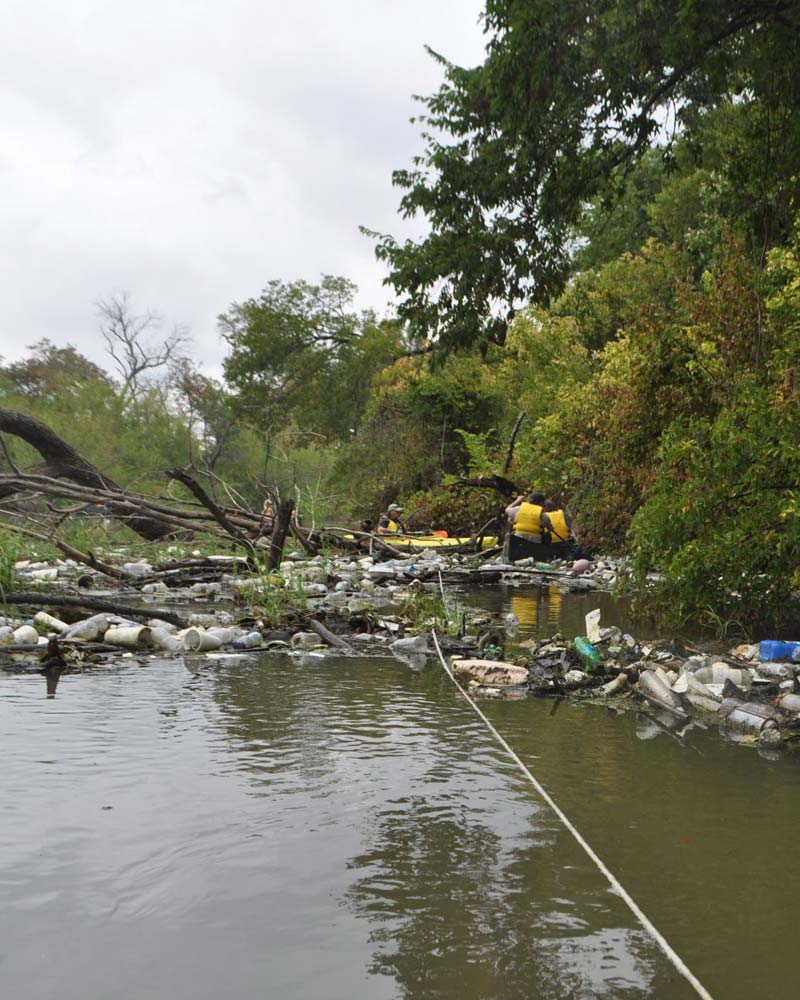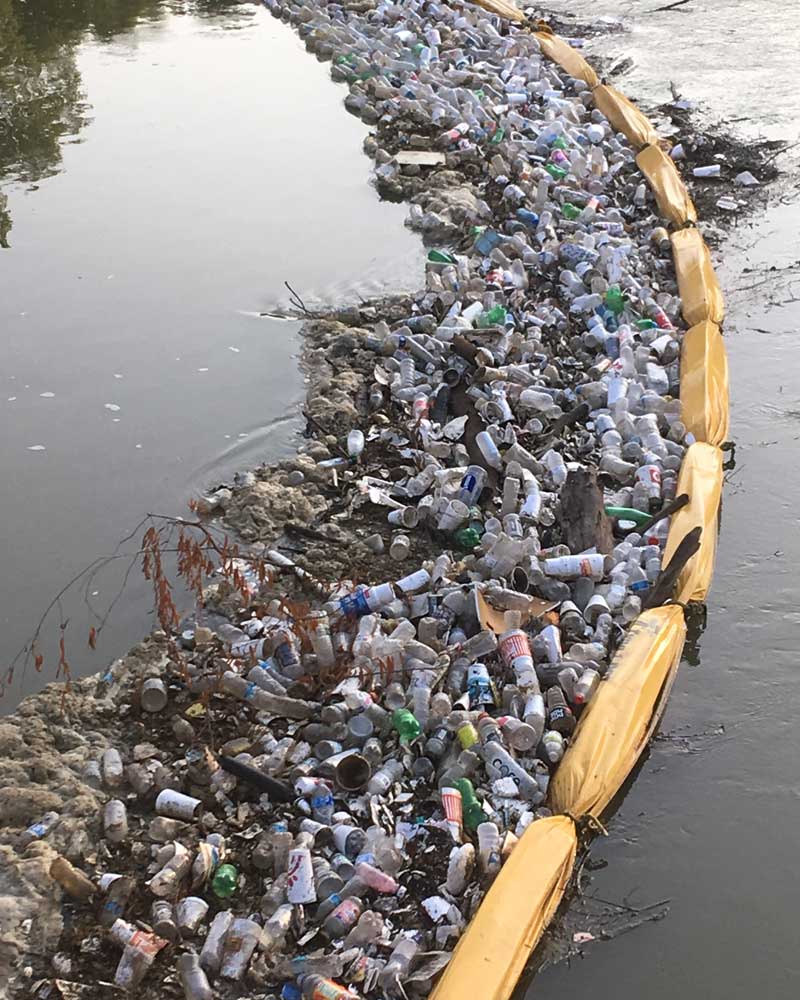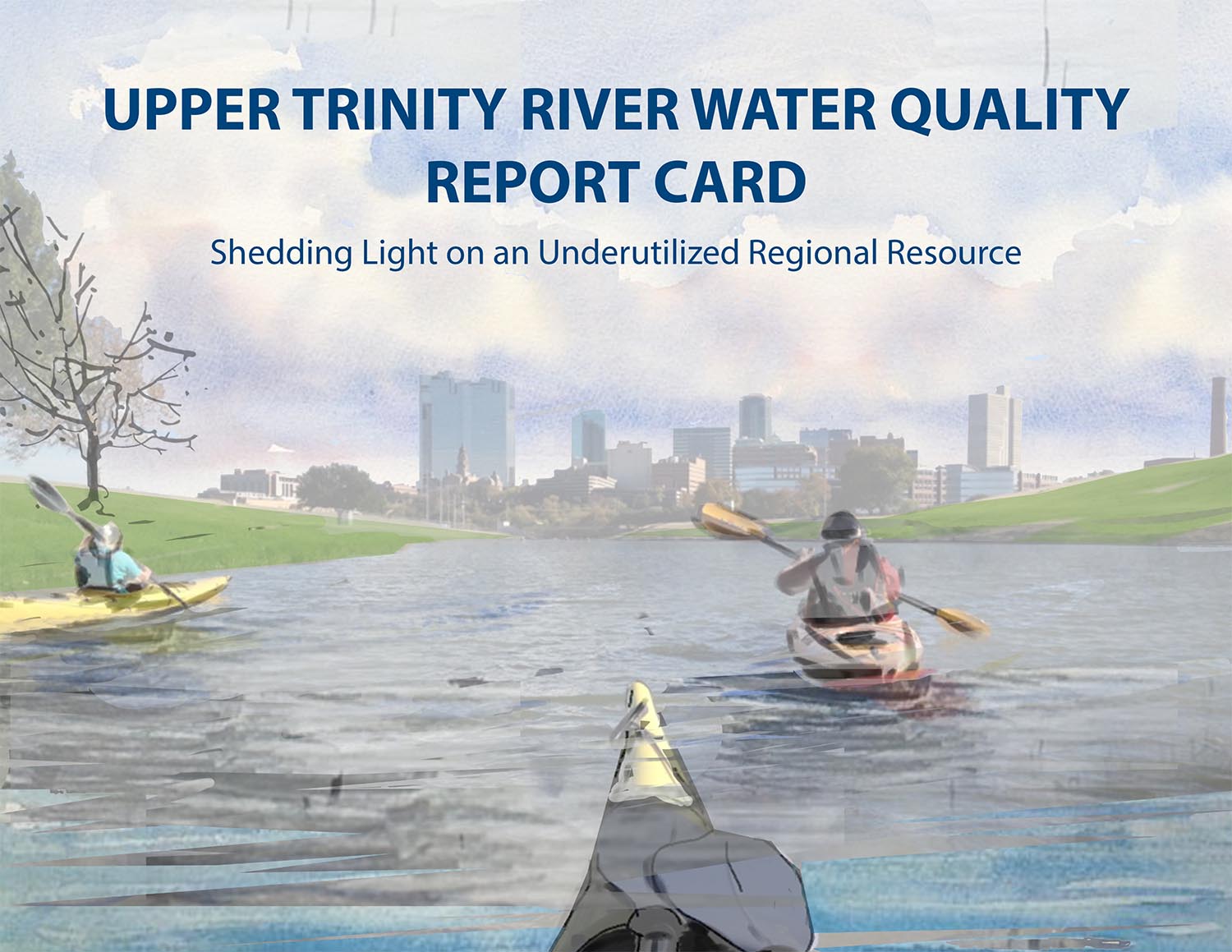If you are a resident of the DFW region, you live here because of the Trinity River. The Trinity River is our water supply. It provides water that comes from our faucets and the water that is in all of the soft drinks and craft beers that are made in the DFW region. Our pets drink Trinity River water. We water our lawns with Trinity River water and wash our cars with the same water.
And yet for most of us, especially those of us who live in Dallas, the Trinity River is that dirty ditch between the levees. It is that untamed flood that rears its ugly head every year or so.
Trinity Coalition believes it is time to recognize and respect one of the most important parts of our lives – the source of our life-sustaining water, the Trinity River.
Beginning up near the Oklahoma border and running over 700 miles before entering Galveston Bay, the Trinity River is the longest river fully-contained in the state of Texas. It is the water supply for almost half of all Texans, including everyone who lives in the DFW region and most who live in the Houston area, the fourth and fifth most populous metropolitan areas in the U.S.
In many ways, the Trinity River is disrespected. Most people think of it as a dirty river, not realizing they drink its water. Many local policy-makers seem to view the Trinity River as a liability, something to be dealt with, rather than an asset to be nurtured and enjoyed.
Trinity Coalition intends to change all of this. We are a significant advocate for the Trinity River. Our goals:
- Increase public awareness of the water quality of the Trinity River and highlight what every individual can do to improve the quality.
- Connect people’s lives to the Trinity River by offering regular river excursions and clean-ups.
- Advocate for public-policy initiatives aimed at making the Trinity River the asset it deserves to be.
- Partner with other non-profits and government agencies that have a connection to the Trinity River to create a force of advocates for a better Trinity River.
- Partner with groups and Corporations to hold clean up events on the river.
Corporate Cleanup Events: Fun on the River while Practicing Team Building and Good Stewardship
For corporations and organizations looking for a fun way to get into nature while doing good, we have created custom cleanup events. These events allow your organization to participate in a water-based river cleanup with boats and gear supplied by Trinity Coalition. Great for including families or just a spacial day out of the office, these events allow participants to see first hand not only the beauty of the river, but how important good stewardship is to it's survival. Competitiion to find the most interesting trash or bring in the most full bags often livens up the day. So far the prize for largest single piece of trash goes to Joseph Mullin, who brought back a wrecked jet ski that had been abandoned in the river!
Our current corporate partners include: Freese and Nichols, Match.com, Sales Force, The Marketing Arm, EVO, and Halff.
Organization and municipality partners include: Tarrant Regional Water District, Keep Grand Prairie Beautiful, City of Fort Worth, North Texas River Runners, Tarrant County College, First Presbyterian Chirch, Park Springs Bible Church, and Stewards of the Wild.
If you or your organization would like to discover the fun and satisfaction of doing a river cleanup event, us the contact link to let us know so we can build an event for you.
Joe’s Creek Trash Mitigation Study: A Step Towards a Cleaner Trinity River
"Trash accumulation in waterways is an ongoing problem that affects water quality, creating detrimental impacts for the environment, our economy, and our society. The Trinity River is one of many river systems that suffers from trash-related problems, preventing Texans from taking advantage of the river’s various benefits. To begin to solve such a large-scale problem, I decided to look at the small pieces that make up the Trinity River, focusing specifically on Joe’s Creek in Northwest Dallas." -Kendall Bradley
Kendall Bradley, SMU student, has conducted a study on Joe’s Creek as a project for her M.A. in Sustainability and Development. Joe’s Creek is a 4 mile-long creek that contributes a large amount of trash to the Elm Fork of the Trinity River. Her first step was to identify the sources of the trash problem. She evaluated land uses within the Joe’s Creek watershed to find some of the most responsible properties and hot spots for litter. She hoped that by targeting distinct zones, specific solutions could be developed based on the conditions of each area.
The most effective way to prevent trash pollution is through source reduction, which means all trash is disposed or recycled on site before it can be carried away by stormwater runoff to other sites or a nearby waterway. Source reduction methods assign a small responsibility to all properties, making it easy to prevent littering overall. This can include trash capture systems, trash collection planning, recycling programs, and signage. Unfortunately, not all properties are able to correctly manage trash, so alternative options need to be employed. These can range from public education to government support and local collaboration. Some examples include educational programs, trash pickup events, waste management accreditation systems, plastic bag ordinances, strategic city planning, and stream restoration projects. There are endless ways to contribute to trash mitigation efforts, and with collaboration between community organizations, creeks around the world just like Joe’s Creek can be cleaned up so that they can serve as the environmental treasures that they are. Follow these links for more information:

Upper Trinity River Water Quality Report Card
Spearheaded by UTA graduate student Amruta Sakalker, the Upper Trinity Water Quality Report Card aims to answer the question: are the Trinity River, it's tribitaries, and the surrounding lakes really as dirty as we've heard? The suprising answer is no. This ongoing project has pulled data from a variety of sources including TCEQ as well as regional sources to create an easily understandable map of water quality for the D-FW area. Click Image to open link.


Trinity RiverSteward SM Program
Background: Trinity Coalition is a nature-oriented not-for-profit based in Dallas, Texas and registered as a Texas corporation. Its mission is “to transform the Trinity River corridor into a nationally-recognized conservation and recreation area.” As part of this mission, Trinity Coalition has assembled the 130-mile-long Trinity River National Water Trail, complete with 21 existing canoe launches, with many more planned. It has recieved the National Park Service “National Water Trail” designation for the paddling trail, and eventually plans to apply for “National Recreation Area” status for all publicly owned park and wilderness areas in the Upper Trinity River corridor, if that is desired by the municipalities that own that land.
Because the Upper Trinity River flows through a large, densely-populated urban area, it suffers from the same malady as almost all urban rivers – relatively unclean water that is often trash-laden. To help clean up the Upper Trinity River, Trinity Coalition has sought and has been awarded by the U.S. Trademark office the service mark for the words “Trinity RiverSteward”, allowing the words to be exclusively used by Trinity Coalition and by anyone authorized by the coalition.
Trinity RiverSteward SM: Trinity Coalition’s Trinity RiverSteward SM program consists of the following three programs:
- River Stewardship
- RiverSteward Partnerships
- RiverSteward Awards
1) River Stewardship – The Trinity River Paddling Trail currently consists of 21 sections, with the boundary of each section defined by the canoe launch sites at the beginning and end of each section and named after the launch site at upstream end of the section. In addition to the river sections, at least 20 major creeks/streams feed into the river. Trinity Coalition is inaugurating a program to assign each river section and creek/stream to an individual, group of individuals, or organization that will have responsibility for ensuring the quality of their part of the Trinity River watershed. Duties of the RiverStewards include maintaining the natural habitat by:
- Removing trash and encouraging proper disposal of trash
- Monitoring the water quality, especially the bacteria level
- Removing obstacles, such as log jams
- Reporting to authorities any needed repairs to the canoe launches
2) RiverSteward Partnerships – Trinity Coalition intends to offer to corporations, individuals, and grant funding sources, the opportunity to help finance the RiverSteward program through donations to the program. A menu of benefits that result from different levels of these donations is contained in a document that Trinity Coalition is preparing with the assistance from Texan by Nature, a statewide conservation not-for-profit.
3) RiverSteward Awards – Beginning in the fall of 2020, Trinity Coalition will conduct an annual awards dinner, where awards will be given to the individuals and organizations that have performed exceptional service to enhance the quality of the Upper Trinity River. These awards dinners will also be used to report to the attendees the progress Trinity Coalition has made during the year to improve the quality of the Trinity River and increase its recreational use.
Summary: Trinity Coalition has been awarded by the U.S. Trademark office the service mark for the term “Trinity RiverSteward SM”. The coalition intends to use this mark as a way of building public awareness of the need to improve the quality of the Upper Trinity River, to reward/recognize those who serve as stewards of the river, and as a means of raising funds to support Trinity Coalition’s work.
You can join our coalition by signing up to our newsletter below and you can financially support our mission by clicking here.



Learn More
Upcoming Events
There are no upcoming events.

